What experience are you trying to give visitors?
Ursprung: We want to offer them a new perspective and encourage them to question the rivalry between the different national pavilions at the Biennale, because that’s really an anachronism.
Sander: All the pavilions are basically neighbours, but these two share a very special connection. We want to place the connections above the divisions. The national pavilions are places of international interaction. People from all over the world come together here and, for a moment, put aside their political and cultural differences.
Is it one of the roles of art and architecture to question national borders and notional boundaries?
Sander: Architecture always has a political dimension.
Ursprung: The exhibition isn’t intended to be a public relations exercise. We see it as a means for us to question and revise entrenched ideas and attitudes.
Venezuela is an authoritarian state. To what extent did the political situation there affect your work?
Sander: For political reasons, putting on a joint exhibition clearly wasn’t an option. It’s also important to note that the Venezuelan pavilion hasn’t staged an exhibition in a long time. In recent years, the building has served as a storage space for Switzerland and Russia. Of course, we informed the Venezuelan authorities that we were going to remove the wall on the Swiss side. We’re still waiting for an official response.
Ursprung: We don’t know for sure, but it appears that after hearing about our project, the Venezuelan authorities want to start taking part in the Biennale again.
From a political perspective, there’s also the question of whether opening up the wall to the Venezuelan pavilion is the wrong signal to send.
Ursprung: We went to Venezuela to see for ourselves what’s going on. The situation there is devastating. Artists and other creatives are walled in and isolated. We’re opening up this wall not to the regime but to artists, architects and researchers. We give these individuals a voice both in our book and as part of various podium discussions.
Sander: We also see the exhibition as an invitation, an example of how art can kick-start a dialogue. In this case, there might just be more leeway in art than in politics.
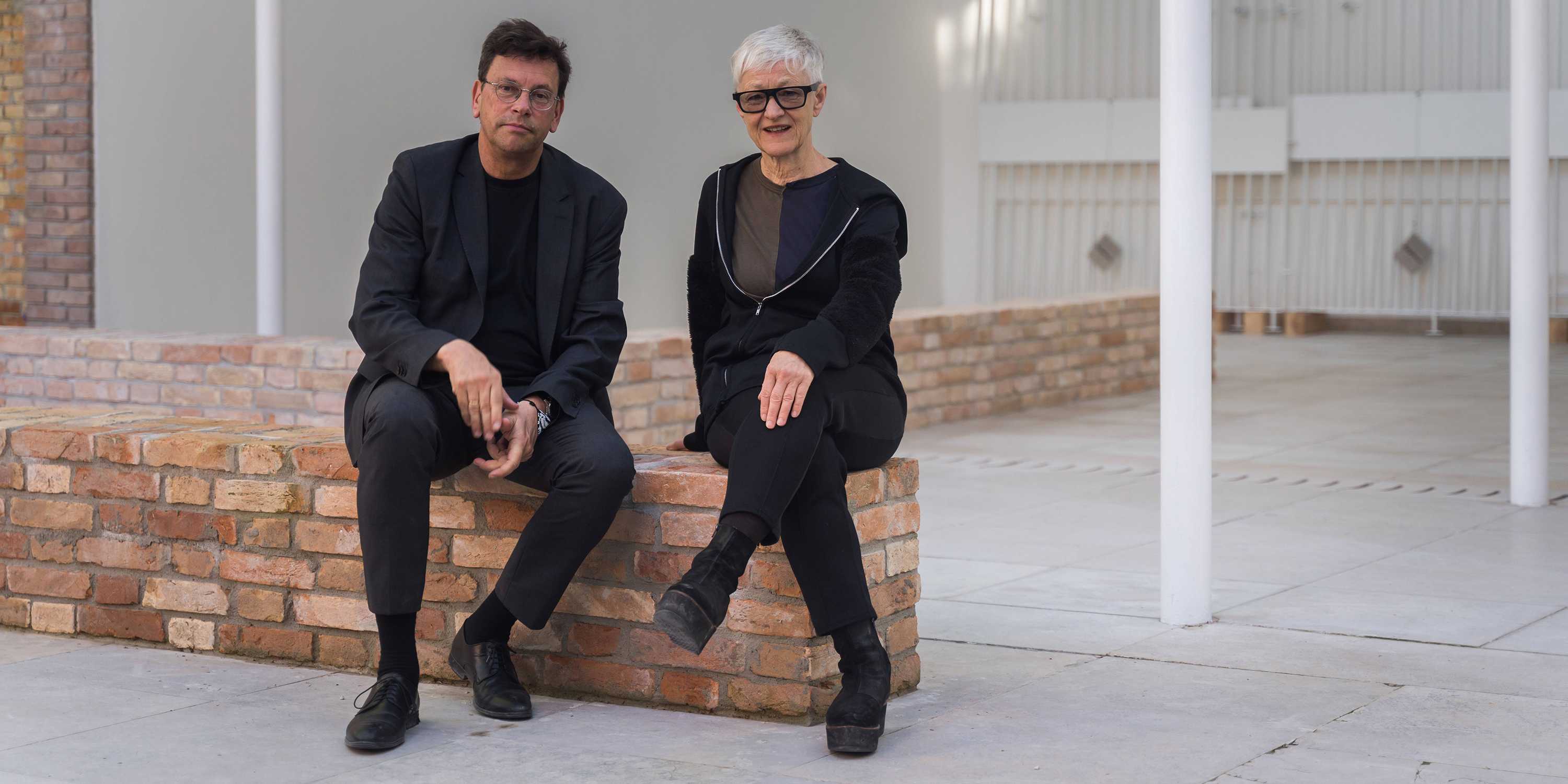
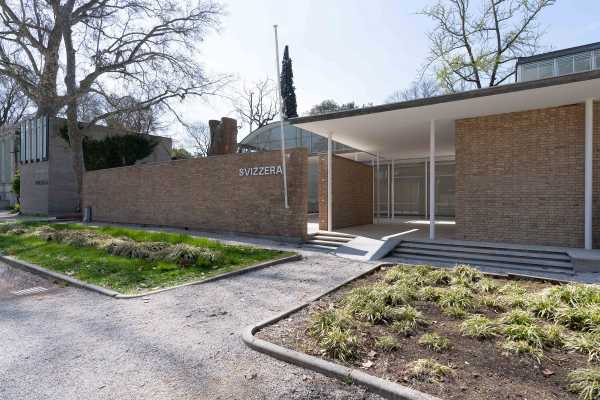
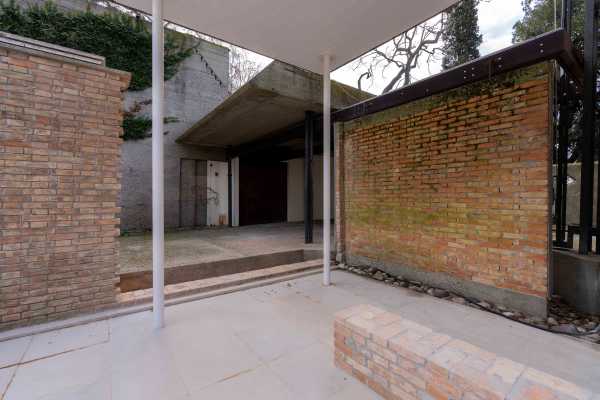
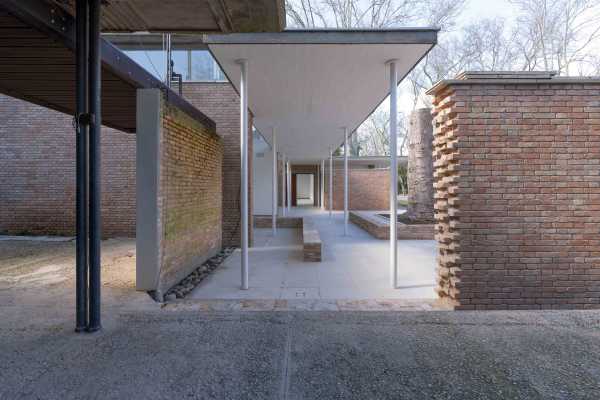
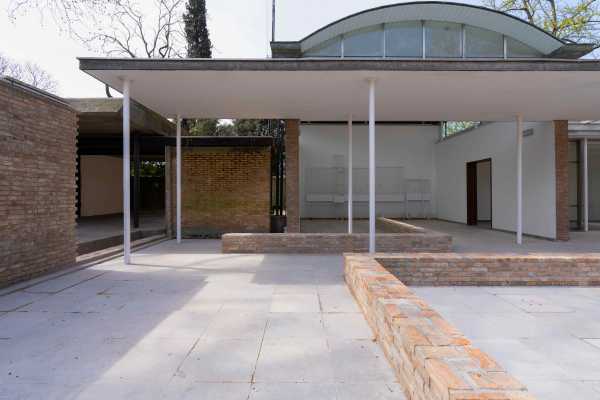
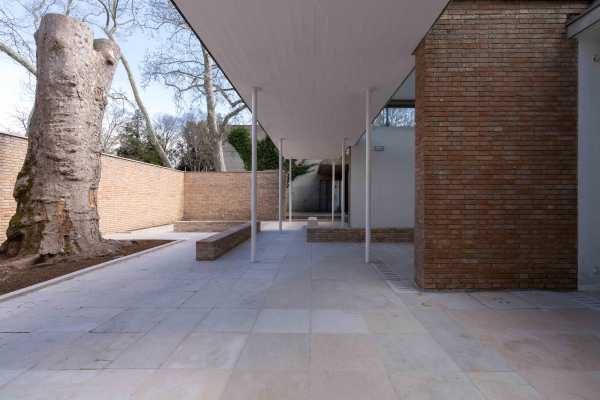
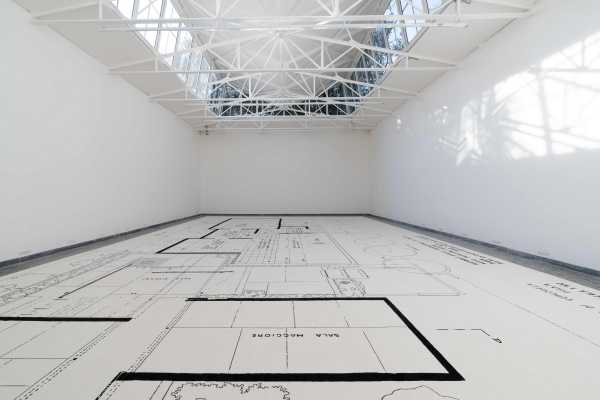
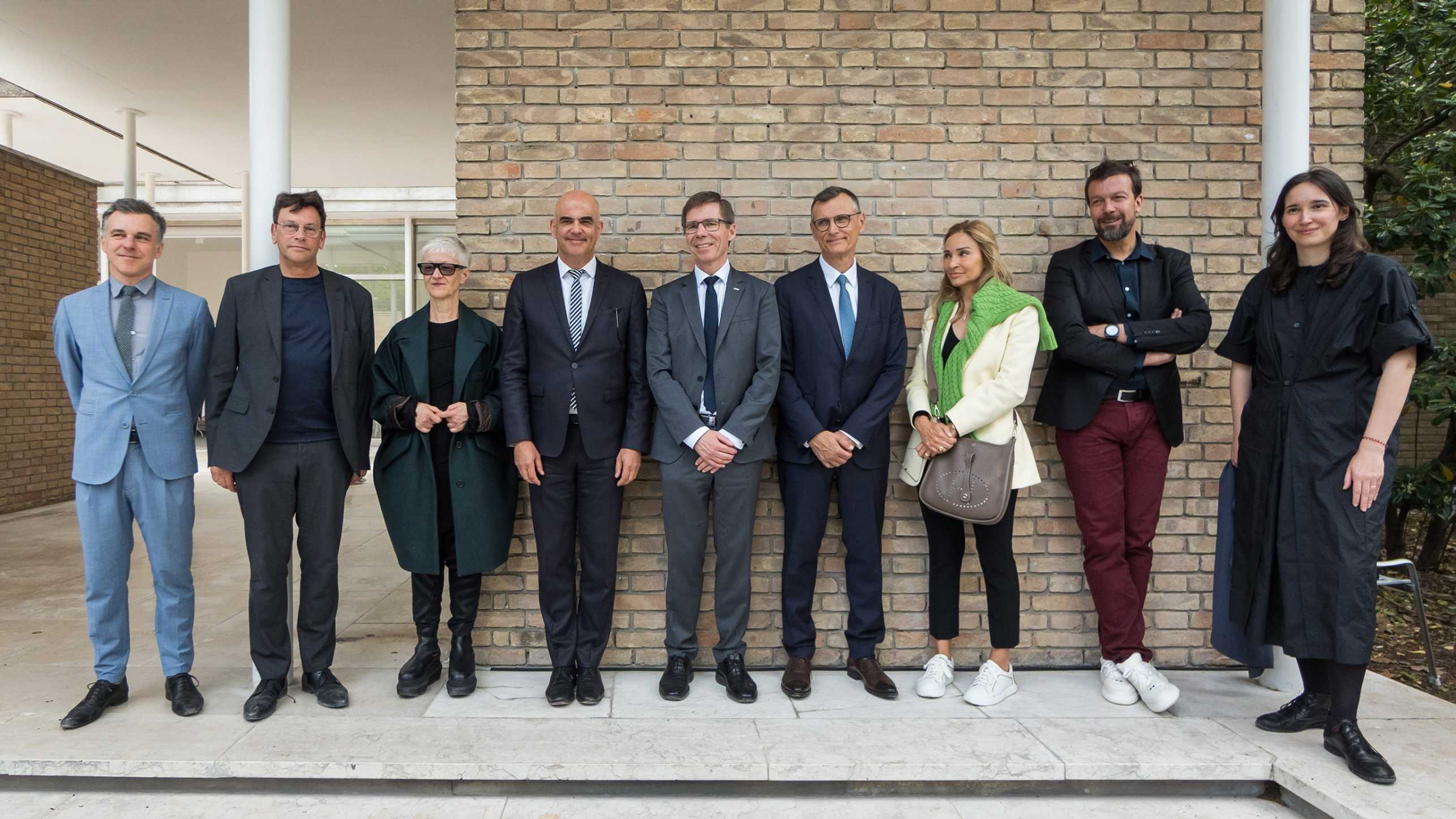
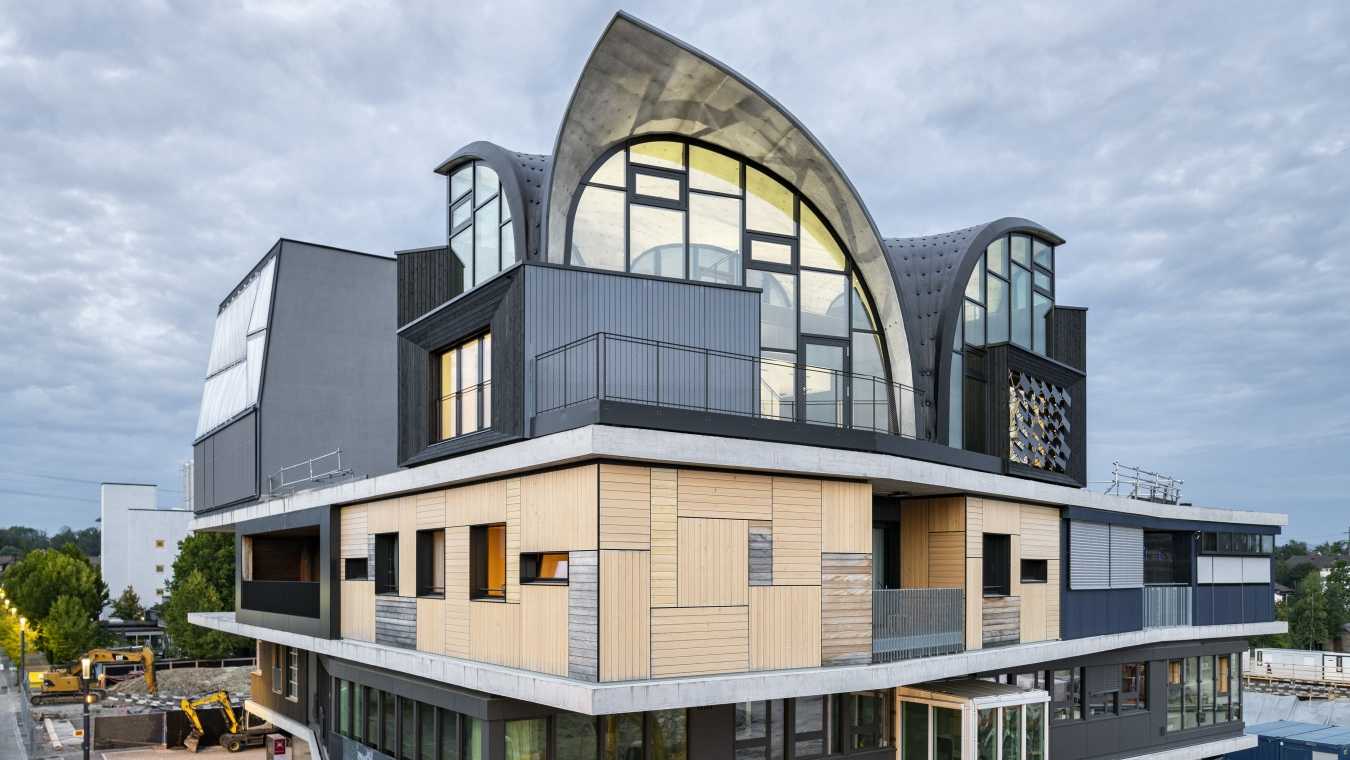


Comments
No comments yet